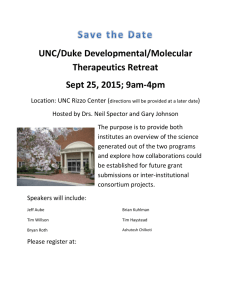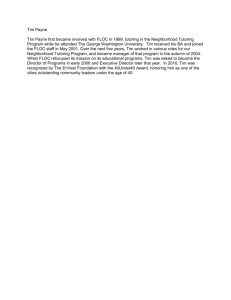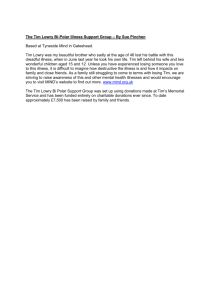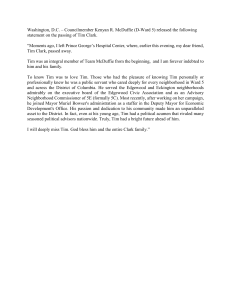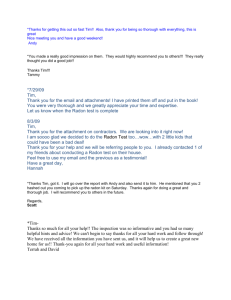Student Exercise 2 Questions
advertisement
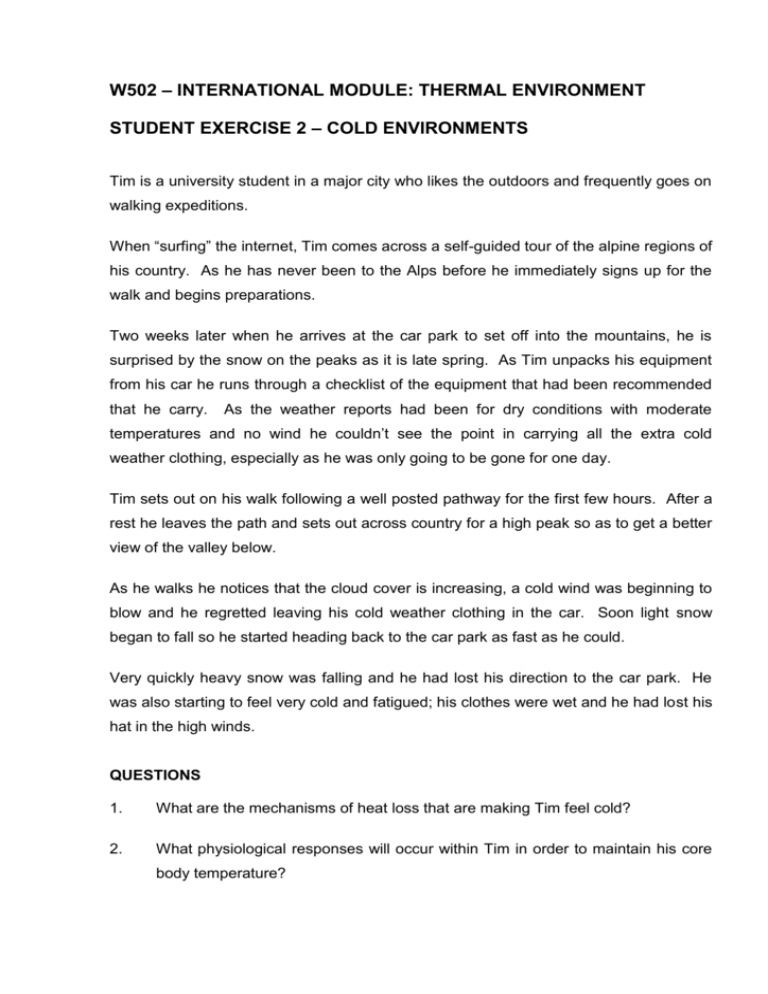
W502 – INTERNATIONAL MODULE: THERMAL ENVIRONMENT STUDENT EXERCISE 2 – COLD ENVIRONMENTS Tim is a university student in a major city who likes the outdoors and frequently goes on walking expeditions. When “surfing” the internet, Tim comes across a self-guided tour of the alpine regions of his country. As he has never been to the Alps before he immediately signs up for the walk and begins preparations. Two weeks later when he arrives at the car park to set off into the mountains, he is surprised by the snow on the peaks as it is late spring. As Tim unpacks his equipment from his car he runs through a checklist of the equipment that had been recommended that he carry. As the weather reports had been for dry conditions with moderate temperatures and no wind he couldn’t see the point in carrying all the extra cold weather clothing, especially as he was only going to be gone for one day. Tim sets out on his walk following a well posted pathway for the first few hours. After a rest he leaves the path and sets out across country for a high peak so as to get a better view of the valley below. As he walks he notices that the cloud cover is increasing, a cold wind was beginning to blow and he regretted leaving his cold weather clothing in the car. Soon light snow began to fall so he started heading back to the car park as fast as he could. Very quickly heavy snow was falling and he had lost his direction to the car park. He was also starting to feel very cold and fatigued; his clothes were wet and he had lost his hat in the high winds. QUESTIONS 1. What are the mechanisms of heat loss that are making Tim feel cold? 2. What physiological responses will occur within Tim in order to maintain his core body temperature? 2. Tim was now feeling very fatigued and shivering quite strongly. His hands and feet were starting to feel very cold. He decided to start walking in the hope of finding the main pathway to the car park and ate a bar of chocolate he had found in his pocket. The act of walking and eating made him feel better so he kept walking in the hope of finding the car park. QUESTIONS 3. What physiological responses would be acting upon Tim to make him feel better? 4. How does the shivering response to the cold prevent heat loss? By this time Tim was scared and he was lost; his hands and feet were numb and his shivering was violent. His progress was slowing as he was very fatigued, light-headed and kept stumbling. QUESTION 5. What types of cold injury will Tim experience if he isn’t rescued? Thankfully Tim is rescued and the next day is told by his rescuers that the wind chill index had been 1515 and the wind speed 40 k/hr. QUESTIONS 6. What was the average temperature in °C? 7. What is the equivalent chilling temperature in °C?


